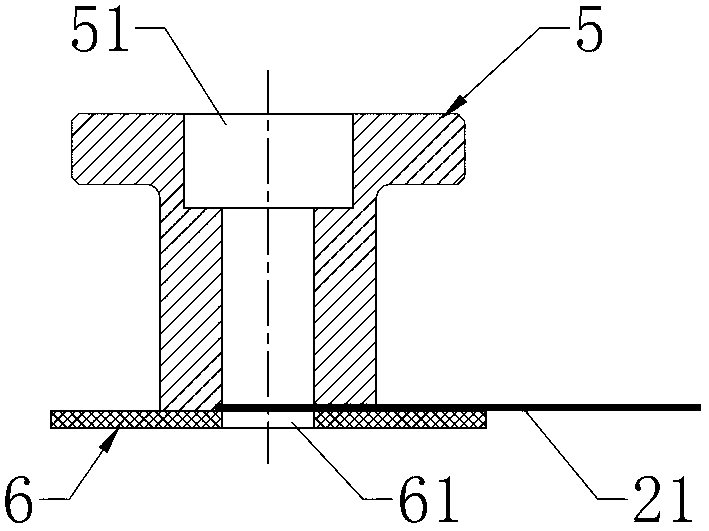Membrane surface resistance test method of lithium ion battery
A lithium-ion battery and testing method technology, applied in the field of lithium-ion battery diaphragm surface resistance testing, can solve the problems of affecting the accuracy of test results, many testing procedures, and high testing costs, so as to achieve intuitive test results, ensure accuracy, and ensure accurate test results. sexual effect
- Summary
- Abstract
- Description
- Claims
- Application Information
AI Technical Summary
Problems solved by technology
Method used
Image
Examples
Embodiment Construction
[0026] In order to make the object, technical solution and advantages of the present invention clearer, the present invention will be further described in detail below in conjunction with the accompanying drawings and embodiments. It should be understood that the specific embodiments described here are only used to explain the present invention, not to limit the present invention.
[0027] The embodiment of the present invention provides a method for testing the surface resistance of a lithium-ion battery separator, the method comprising the following steps:
[0028] Punching the diaphragm to be tested into a sample sheet of a suitable size, and soaking the diaphragm to be tested with lithium ion electrolyte in a sealed environment;
[0029] After the diaphragm to be tested is fully infiltrated, it is clamped between the two electrode plates, and the two electrode plates are placed in the lithium ion electrolyte, wherein the two electrode plates are connected to the testable r...
PUM
 Login to View More
Login to View More Abstract
Description
Claims
Application Information
 Login to View More
Login to View More - R&D
- Intellectual Property
- Life Sciences
- Materials
- Tech Scout
- Unparalleled Data Quality
- Higher Quality Content
- 60% Fewer Hallucinations
Browse by: Latest US Patents, China's latest patents, Technical Efficacy Thesaurus, Application Domain, Technology Topic, Popular Technical Reports.
© 2025 PatSnap. All rights reserved.Legal|Privacy policy|Modern Slavery Act Transparency Statement|Sitemap|About US| Contact US: help@patsnap.com



